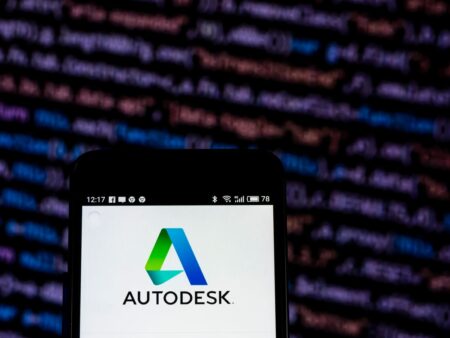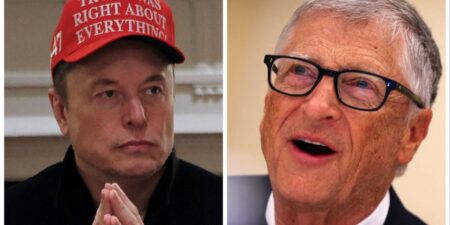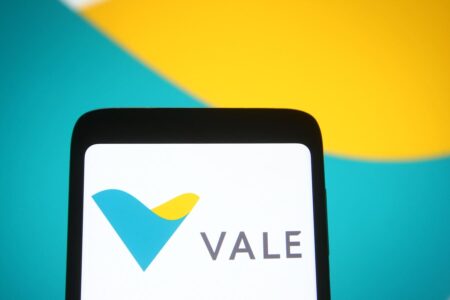Technologist Luis von Ahn was recently asked if AI is a threat to the company he runs, Duolingo.
He said many companies could be disrupted, including Netflix.
“That’s one of the things that is scary about the world that we live in,” von Ahn said. “With AI and large language models, we’re undergoing a platform shift.”
“I’m not super worried, but you just never know. And it’s not just for Duolingo, it could be all kinds of things, right?” he added. “I mean, it could be a threat for Netflix. It could be that just a large language model — just press a button and it makes you the perfect movie.”
This was a couple of weeks ago, and I thought he was overselling it a bit. That’s until I got a glimpse of Flow, a new AI-powered moviemaking tool that Google unveiled on Tuesday.
At the Google I/O conference in Silicon Valley, the company showed off this new technology, along with some illustrative movie clips created by filmmakers who had early access to Flow.
Flow was built on top of Imagen 4 and Veo 3, the latest versions of Google’s image and video-generation AI models. The company says the updated Veo model creates better visuals and can now generate sound effects, background noises, and even dialog.
If you give it a prompt describing characters and an environment, and suggest a dialog with a description of how you want it to sound, it produces a film. In one illustrative clip Google shared, two animated animals talked with each other. (To me, it looked very similar to a Pixar movie).
Flow is designed to help creators produce high-quality cinematic video from text descriptions. Users can also bring their own images and other files into Flow. It integrates precise camera movements, including the ability to request specific camera angles, such as an 8-millimeter wide-angle lens.
You can edit the film, too, within Flow.
In one example shared by Google, a user requests a scene of an old man and a friendly bird driving a black convertible off a cliff. The car begins to fall, but using Flow, the scene is swiftly changed and extended using AI so that the bird in the car starts flapping its wings and flying instead. The edit seamlessly retains character and scene continuity.
Implications for Netflix and traditional studios
While Google positions Flow as a tool to empower filmmakers, the broader implications are clear: AI-generated content could one day challenge human-created productions in quality, cost-efficiency, and scale. For companies like Netflix, which have built empires on high production-value storytelling, AI poses both an opportunity and a threat.
On one hand, AI tools could accelerate content development, reducing production timelines and budgets. On the other hand, it could open the door for a flood of content from smaller studios, individual creators, or even consumers, eroding the competitive advantage of traditional production pipelines.
Moreover, AI-generated media could be hyper-personalized. Imagine a future where viewers select themes, genres, or even actors — and the platform generates a custom film on demand. Just like Duolingo’s von Ann described earlier this month. That could shift power away from major studios and toward platforms that control the underlying AI infrastructure, such as Google.
On a recent podcast, Google CEO Sundar Pichai said the internet giant thought hard about acquiring Netflix years ago. Now, maybe he doesn’t need to do that deal.
The road ahead
Google’s Flow is another sign of a broader trend, which is that AI may be democratizing creativity. While Netflix and legacy studios may initially integrate these tools to enhance production, the long-term landscape could resemble the transformation seen in music, publishing, and software coding — where AI tools and platforms radically lower the barrier to entry for more people.
The key question isn’t whether AI will change filmmaking — it already is. The question is whether established players like Netflix will ride the wave or be overtaken by it.
As AI continues to evolve, so too must the business models, strategies, and creative visions of Hollywood’s biggest names. The age of algorithmically generated storytelling is arriving sooner than we think.
Read the full article here
















